Fracture Map Guide: Compositions and Strategies
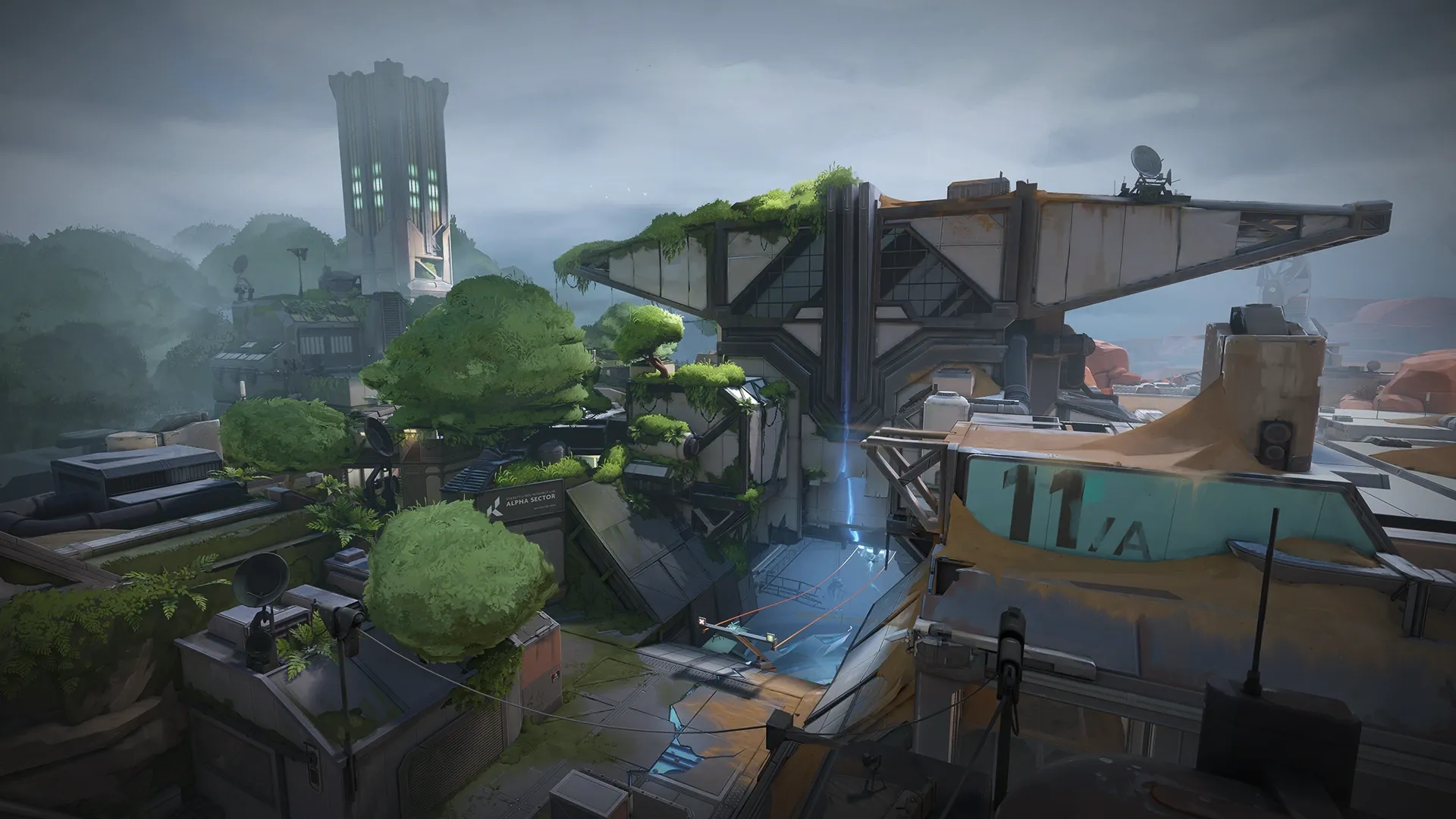
Fracture is the second newest map in Valorant, released at the end of Episode 2, Act 3. The map was confusing at first due to its unconventional layout, but the community got fairly quickly used to it.
Fracture was released just after Breeze, which is an extremely spacious and large map that calls for long-range fights. Fracture is a total opposite, as it features many confined spaces with a lot of cover that force close to medium-range combat.
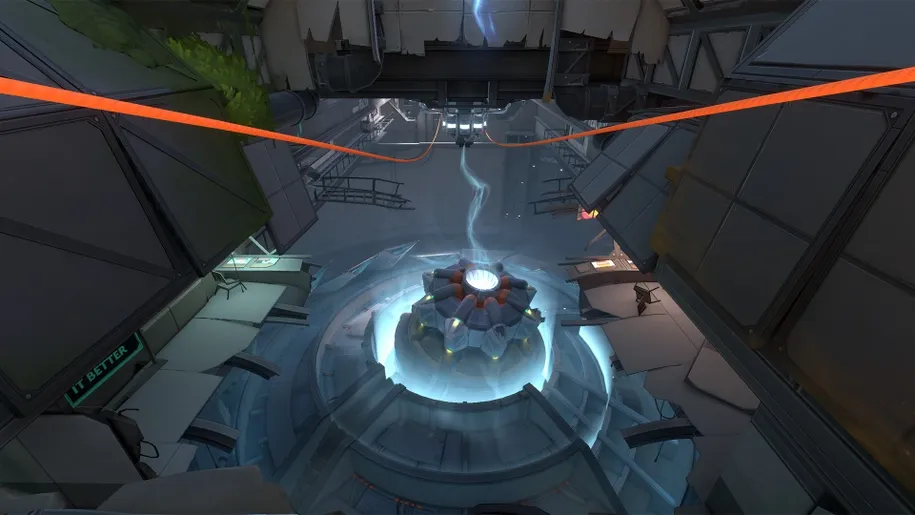
Map Overview
Riot continued with their very unique approach to tactical FPS maps when designing Fracture. Just like most of the other maps that have unique gimmicks, Fracture has a "weird" H-shape layout.
The players spawn on unusual spots on Fracture. Defenders spawn in the middle, while Attackers spawn on both ends of the map. While Defenders can walk through the center from site to site, Attackers have a huge zip line across the map at their disposal to choose their point of attack.
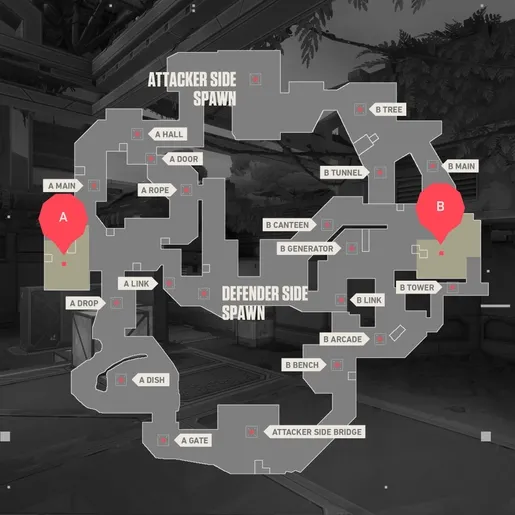
This design makes Attackers very unpredictable as they have a lot of angles they can hit from. Also, Fracture has four Ultimate orbs, so players have their Ultimate abilities ready more often.
Attacking on Fracture
An important part of attacking on Fracture is pressuring more sides of the map at once. That means you should probably attack from both spawns, so Defenders can't take advantage of having more space than they should.
You can use the unique structure of the map to execute fakes and play with the information you got. Communication is crucial when attacking on Fracture, as Defenders can shut down an unplanned push with good positioning, utility, or aggressive plays.
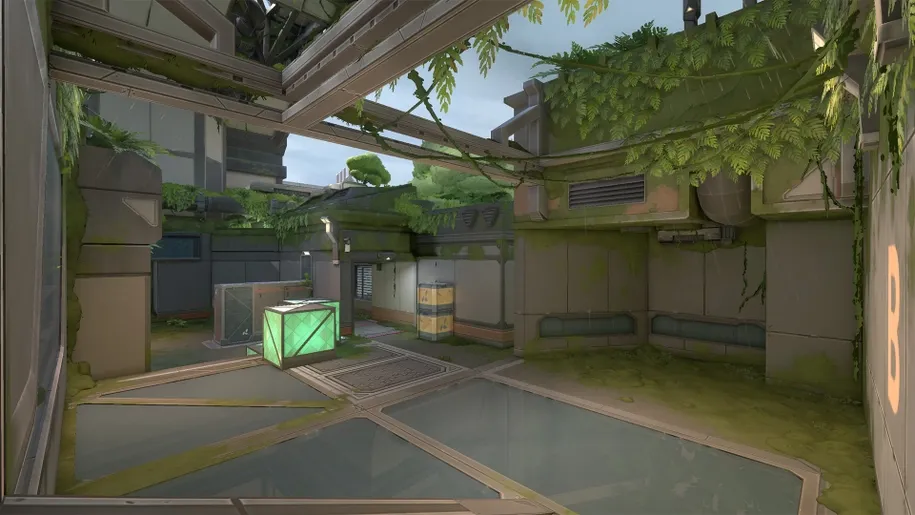
When attacking the A Site, you can have up to four entry points to the site.
The standard play is to have three players in A main and two coming from Dish. Pinch the Defenders on site from those angles; however, have one player look out for Door for potential Defender push. Also, controlling Ropes is essential to cut off rotations and have a safer push.
When attacking B, it is crucial to take Tower control, especially in post-plant scenarios. Use Breach/Brimstone/Raze utility to clear it while the rest of your team takes on the site.
Although not the only way, pushing from B Main and Arcade is the most suitable way to safely plant B. Smoke CT and Canteen to cut off Defenders on site and deny fast rotations from other Defenders. If you have Tower control, smoking it is not a good idea.
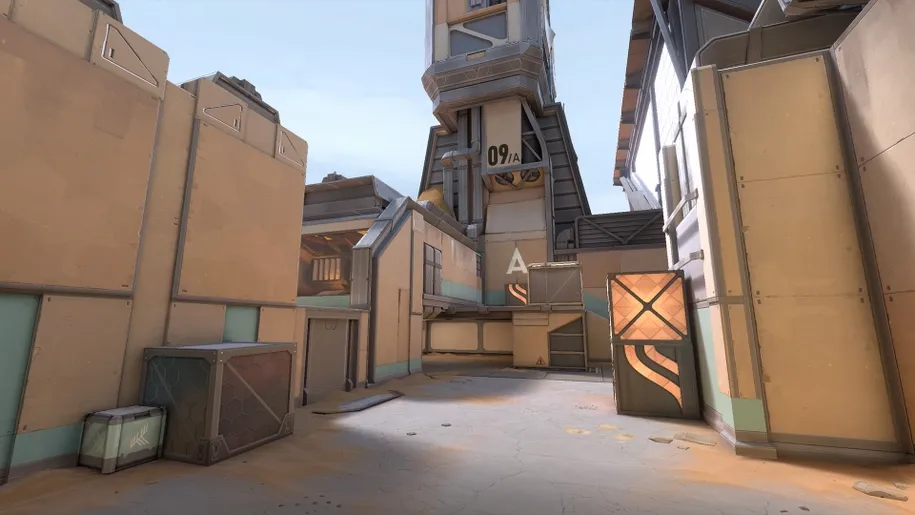
Defending on Fracture
Since Attackers have so many avenues to strike on both sites on Fracture, defending is not an easy task. It also makes pressuring neutral zones difficult without exposing the site itself.
Since sites are challenging to hold, many pro teams like to play off site and focus on retakes. If you want to play on site, be prepared to play around enemy utility and at least trade one or two kills. Use your utility to slow down the enemy and make a plant as hard as possible.
Since Tower control is very important for Attackers, your job is to try to deny it. However, be careful not to get caught out by enemy utility.
If you decide to play for retake, try to expend enemy's utility as much as possible beforehand. In those scenarios, you basically swap roles, and you become the team attacking the site and having an advantage.
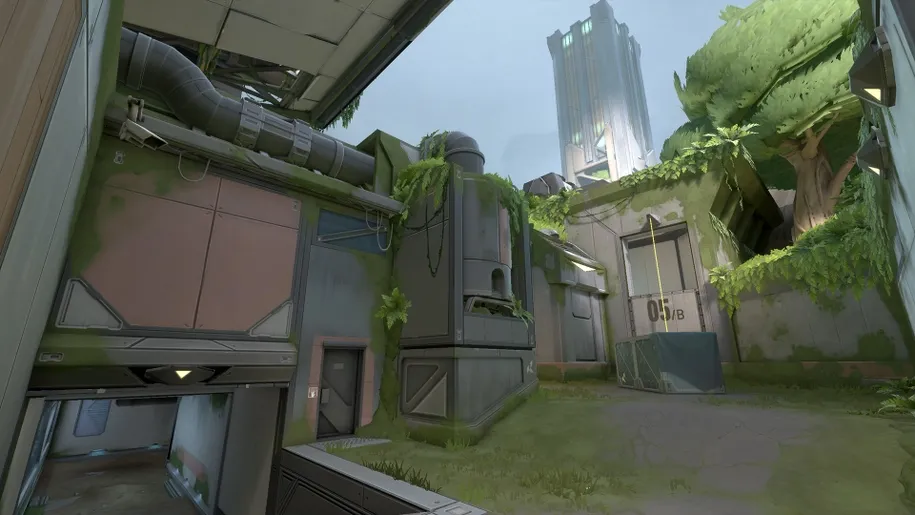
Agents and Team Compositions
Fracture is one of the newest maps in Valorant, and players still like to experiment with a lot of different team comps. High-level teams adjust team comps according to their preferences and game plan.
Regarding Duelists, Neon and Raze have shown to be the strongest primary options. Their utility is perfect for a compact map such as Fracture and has many benefits in clearing all those tight corners and chokes.
Chamber is the prime Sentinel on Fracture, just like most maps in today's meta. His ability to play on site and contest the enemy from long range while being able to instantly reposition and get out safely is extremely valuable.
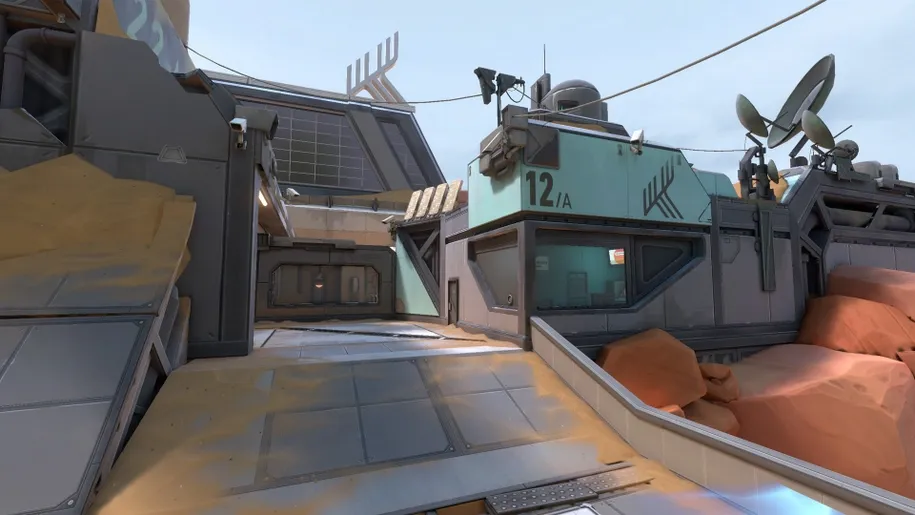
Breach and KAY/O have usually been the go-to picks on Fracture; however, Fade had also recently joined the mix. Their abilities are very impactful on Fracture since they typically cover most of the sites. They are great at getting information and easily clearing tight angles.
Finally, the Controller is the role that varies the most, depending on the team's strategy. However, Brimstone's Ultimate and molly provide so much space on the map, so he has been the most played Controller. Viper and Astra can also be good options, especially when played on site as a Controller/Sentinel hybrid.
Stay tuned for more Valorant content and future guides on Gamercraft.

